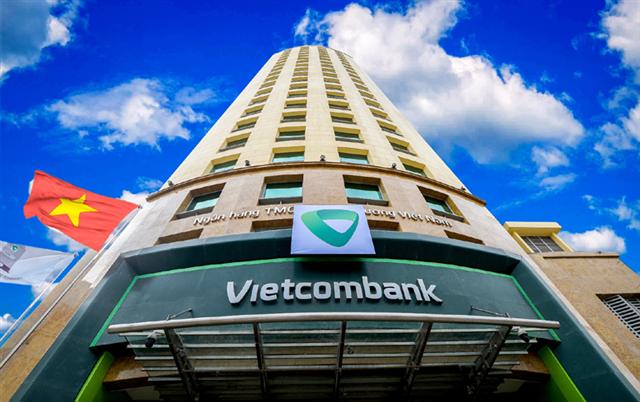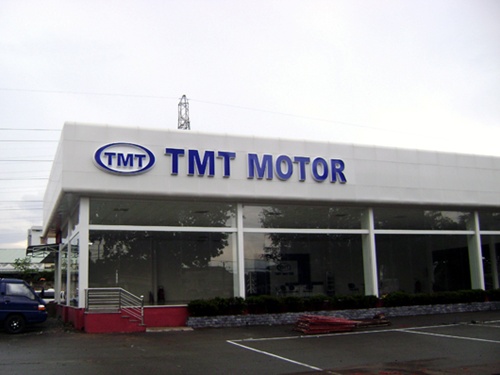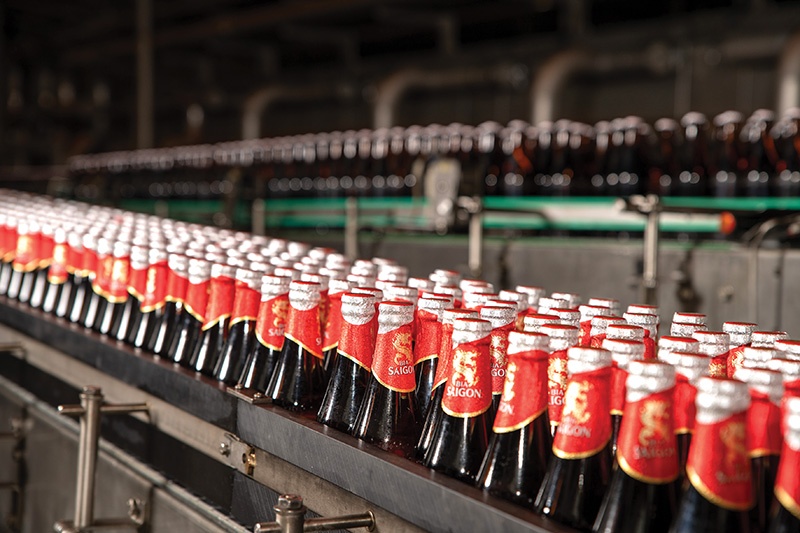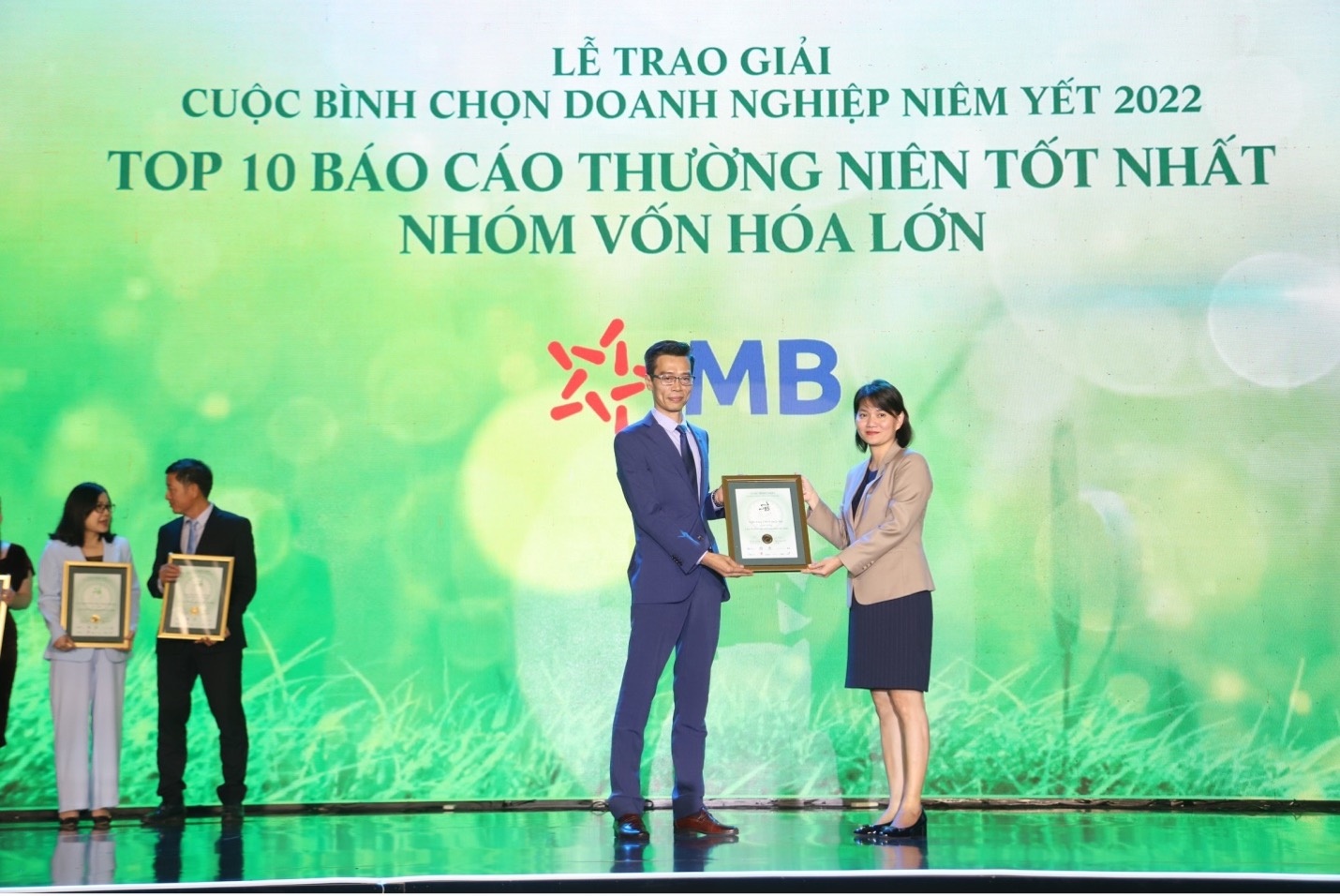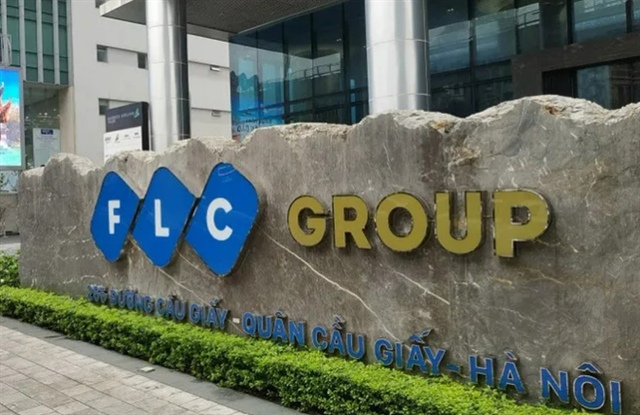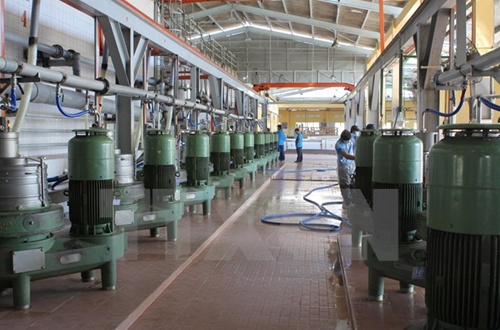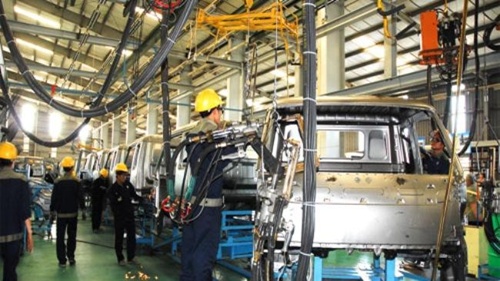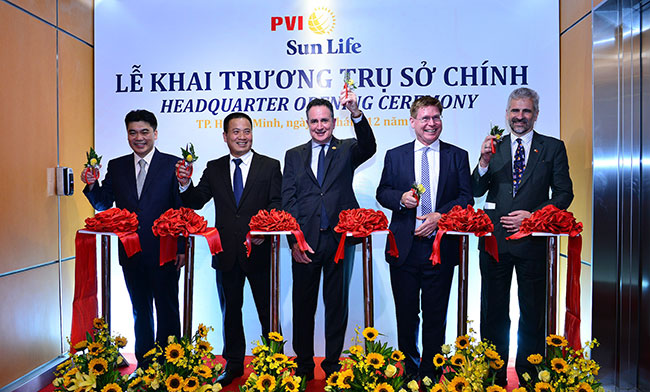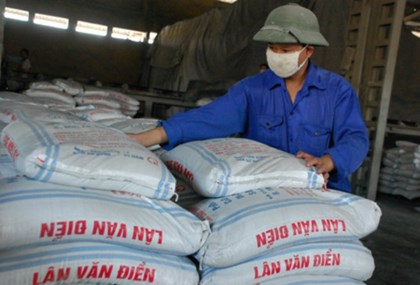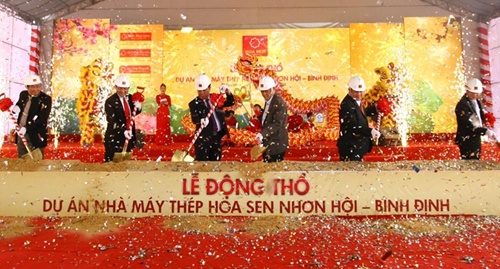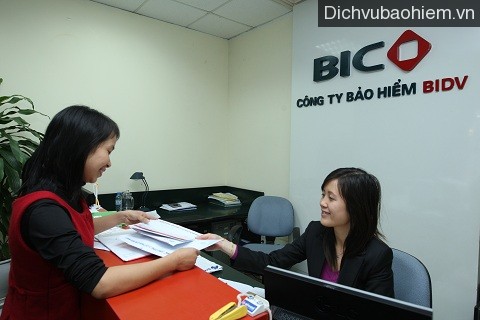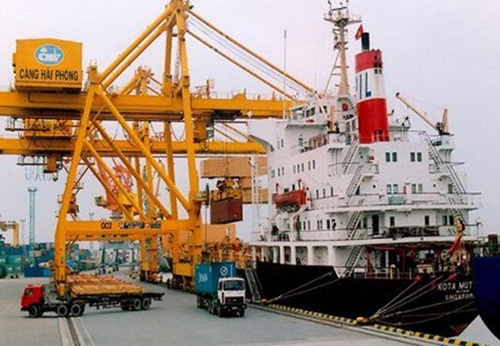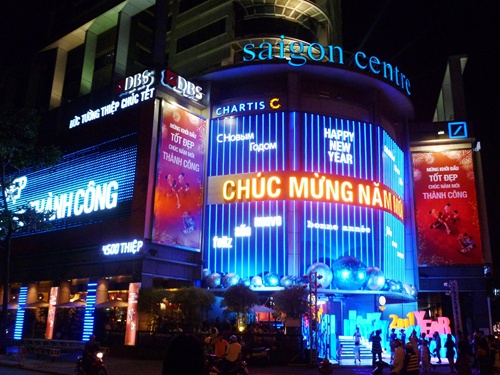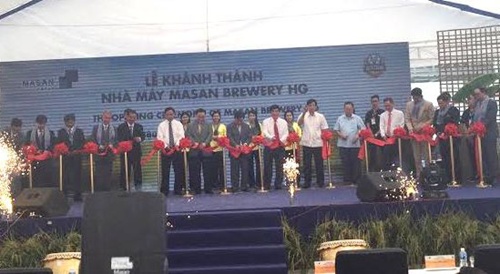Clouds of concern descend on HAGL
Clouds of concern descend on HAGL
Hoang Anh Gia Lai Group’s stocks are expected to continue their downward trend in 2016 as the firm faces multiple challenges in the time ahead.
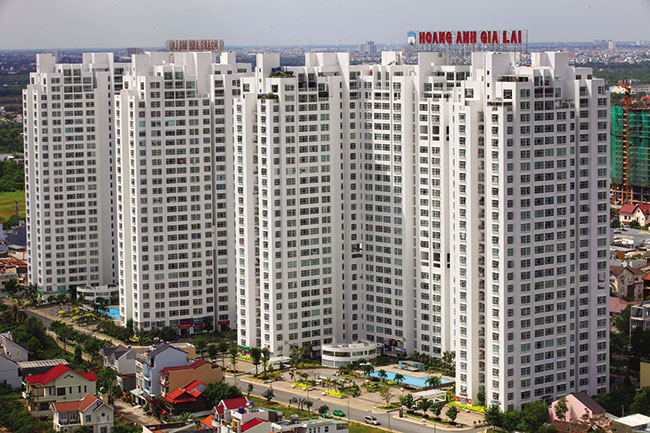
On January 5, the stock prices of the group (HAGL) plummeted to VND9,600 ($0.42) per share, which is below their par value of VND10,000 ($0.44). This also marks the stock’s worst performance since its listing day in 2008.
Throughout 2015, HAGL’s shares were on the ropes, with their prices falling by 122 per cent compared to the previous year. The firm’s market capitalisation slipped from VND17.5 trillion ($777 million) on January 1, 2015 to VND7.9 trillion ($351 million) on January 8, 2016. Its price-per-earnings ratio dropped to six and price-per-book value was only 0.47.
Adding to the dim picture is the year-long selling spree by foreign investors. Before 2015, HAGL stock was a favourite among overseas investors, with 34 per cent of its shares owned by large foreign entities. However, the rate has plumped to 14 per cent now.
Due to the high volume of this retreat, HAGL was listed in the top three net sales by foreign investors in Vietnam for 2015. The most notable exit was HAGL’s major shareholder Credit Suisse, that cut its ownership from 10.21 to 4.26 per cent last year.
According to Nguyen The Minh, retail research manager at Viet Capital Securities, investors withdrew because they were concerned about HAGL’s business activities. After switching its focus to agriculture three years ago, the firm has yet to reap any desirable results in sugarcane, rubber, or husbandry. Investors are worried because agriculture often requires good farmland, together with strong expertise and huge capital sums. However, HAGL’s profits are not guaranteed because of the ever-falling prices of commodities and agricultural goods around the world. Another cause for concern among investors is the large amount of debt owed by HAGL.
Do Quang Hop, deputy head of Research at Saigon-Hanoi Securities, noted that HAGL had raised its debts by 46 per cent to VND30 trillion ($1.3 billion) throughout 2015. This high amount of loans was twice the owners’ equity and four times higher than the firm’s charter capital.
He also said that the borrowing costs for these loans had also grew by 88 per cent in 2015. Moreover, HAGL had to bear major foreign exchange losses, while its business results all declined, according to the latest reports for 2015’s third quarter. “The firm is pinning most of its hopes on husbandry, which requires large capital but has not yet shown any returns,” said Hop.
According to him, the high husbandry expenses compounded HAGL’s repayment pressures. Moreover, due to its substantial need for capital in this sector, the firm may fail to pay dividends to shareholders, further dampening their interest among shareholders and potential investors.
Hop predicted that unless these financial problems were resolved, foreign investors were unlikely to back HAGL this year.
Echoing this view, Minh believed that “the firm’s stocks will continue their downward trend over the mid and long term.” He also predicted that HAGL’s stock prices would not recover sustainably if there were no positive updates on the firm’s business results. Foreign investors would also hesitate to return in 2016, at least after HAGL found a solution to their financial difficulties and minimises its debts.
When asked whether VND9,600 ($0.43) marks the bottom price for HAGL’s shares, both Hop and Minh replied that further market updates would be needed to make that call. In 2015’s third quarter, HAGL recorded VND428 billion ($19 million) in post-tax profits, down 56 per cent year-on-year. In 2015’s first nine months, its accumulated post-tax profits also fell by 19 per cent year-on-year.


